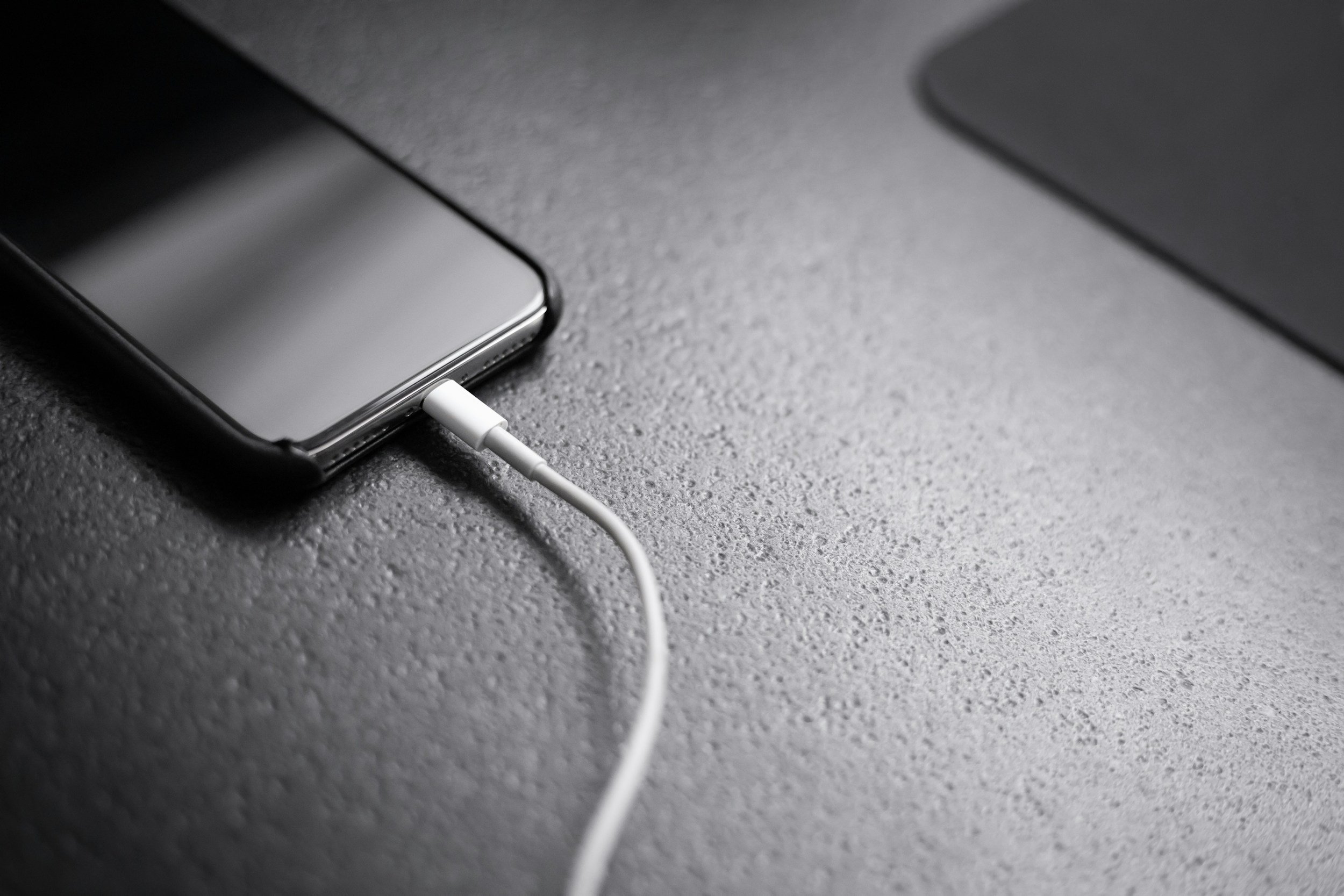
PopCharge
Background
What do you do when you’re on the go and your battery is at 2%? We set out to solve this problem and make it easy for you to find a nearby portable charger and take it with you to charge up on the go. Inspired by other grab and go apps like Citibike and Revel, we designed a platform that makes it easy to pick up a charger at one location and drop it off later on in your journey so you don’t have to wait around while your phone recharges. Get ready for POP Charge!
User Research
We conducted 20 user interviews to discover needs, frustrations and pain points that people experience when they are running out of battery on their phone.
We discovered three main insights that inform our design.
1. On the go
From our interviews we discovered that people are most likely to run out of charge when they are away from home and on the go; when they are out at night in the city after work, when they are visiting a new city, or when they forget their chargers at work or home.
2. Low cost
In our interviews we also discovered that people expect to pay around $1-2 for a charge and don’t expect the price to be much more than that. At that price point our interviewees said that they think that renting a portable charger would be a likely consideration if they were in a tight spot and needed a charge.
3. Onboarding
One thing that came as a surprise from our research is that people had a hard time using the rental kiosks in order to get a charger. They didn’t recognize what they were (a common comment is that “it looks like a toaster”) and people weren’t necessarily able to rent the charger. We determined that a more comprehensive onboarding would be necessary.
Persona
From our user research we created a persona to further empathize with our target users’ needs and frustrations
Reframing The Problem
Jeremy uses his phone for everything from talking to friends to keeping in touch with coworkers and clients. Sometimes when he is out and his phone is dying, he is in desperate need of a charge in order to stay connected. How might we remove the stress of running out of battery, and reconnect Jeremy to his friends and clients by allowing him to charge his phone on the go?
Design Studio
From our research we determined that Jeremy needs a better way to charge his phone on the go and he needs it to be cheap and portable.
In order to transition from the research to design phase we began a process of analyzing our main competitor’s app RedShare and performing user testing to determine what problems actual users experience in using our competitor’s product.
Competitor Analysis
We chose to analyze Citibike and RedShare apps as examples of a comparator and competitor. Both apps have a similar user flow that begins with map of available locations to pick up a product. Citibike’s language and visual design is clear and uncluttered while Redshare’s copywriting was confusing for users.
In addition, Citibike has a clear call to action button indicating how a user would find directions to a nearby bike, while Redshare’s find direction button on the upper left side of the location card was very hard for most users to locate.
User Testing
We also tested RedShare’s usability with users and found that many users were unable to accomplish basic tasks like how to find a nearby charger for rent, and how to scan the QR code on the machine in order to pay and release a charger for rent. There was substantial room for improvement over our competitor’s app.
Key Features
From our compeitor analysis we arrived at 4 key features of our design in order to make it easy for Jeremey to get a charge on the go.
An easy to spot Find Directions CTA (call to action)
A clear Rent Me CTA so that Jeremy knows how to get the charger from the kiosk
Jeremy can clearly see how much he was charged
No hidden deposit fee
Lo Fi Sketches
Mid Fi Wireflow
Hi-Fi Design
Hi-Fi Wireflow
User Testing
There was a marked improvement vs. our competitor in our users’ ability to complete tasks with overall success rate at 100% in our proposed POP Charge design. Additionally users rated the process of completing tasks as very easy and average task completion time is only 29 seconds which is a 51% improvement over the competitor’s product.
Next Steps
We recommend a timer feature that clocks up with dollar amount due as a user is renting the battery. Also, we aim to work on a coupon and rewards feature for real world locations that house kiosks like cafes, restaurants or bars.













